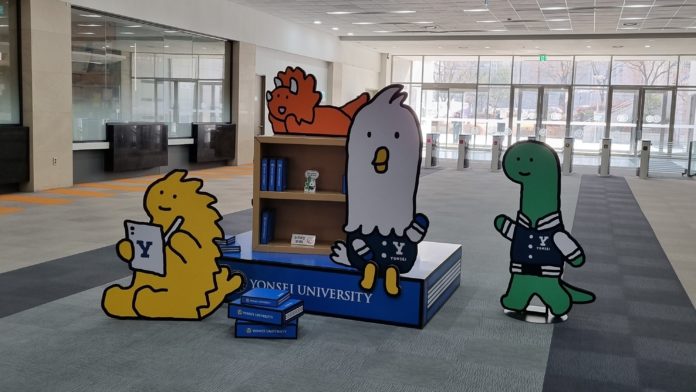When’s the last time you went through an SUTD term without completing a group project? In the CS courses that I took at Yonsei, there were assignments and individual projects, but never once was there a hint of collaboration planned in the curriculum. While this may reduce the opportunities for learning and cultural exchange with local students, it has allowed me more time to travel and explore Korea over the weekend.
However, that is not to say that the modules taught here are not difficult. During a club meeting with local students, I was warned that the three CS courses that I took were all notoriously known for being difficult. I certainly felt it as I pulled a few all-nighters to rush assignments and fretted over my low 20/30s out of 100 scores that I had obtained for Mid-terms. Nevertheless, I passed the modules in the end with As and Bs, which is not too bad considering I was out of town nearly every other week.
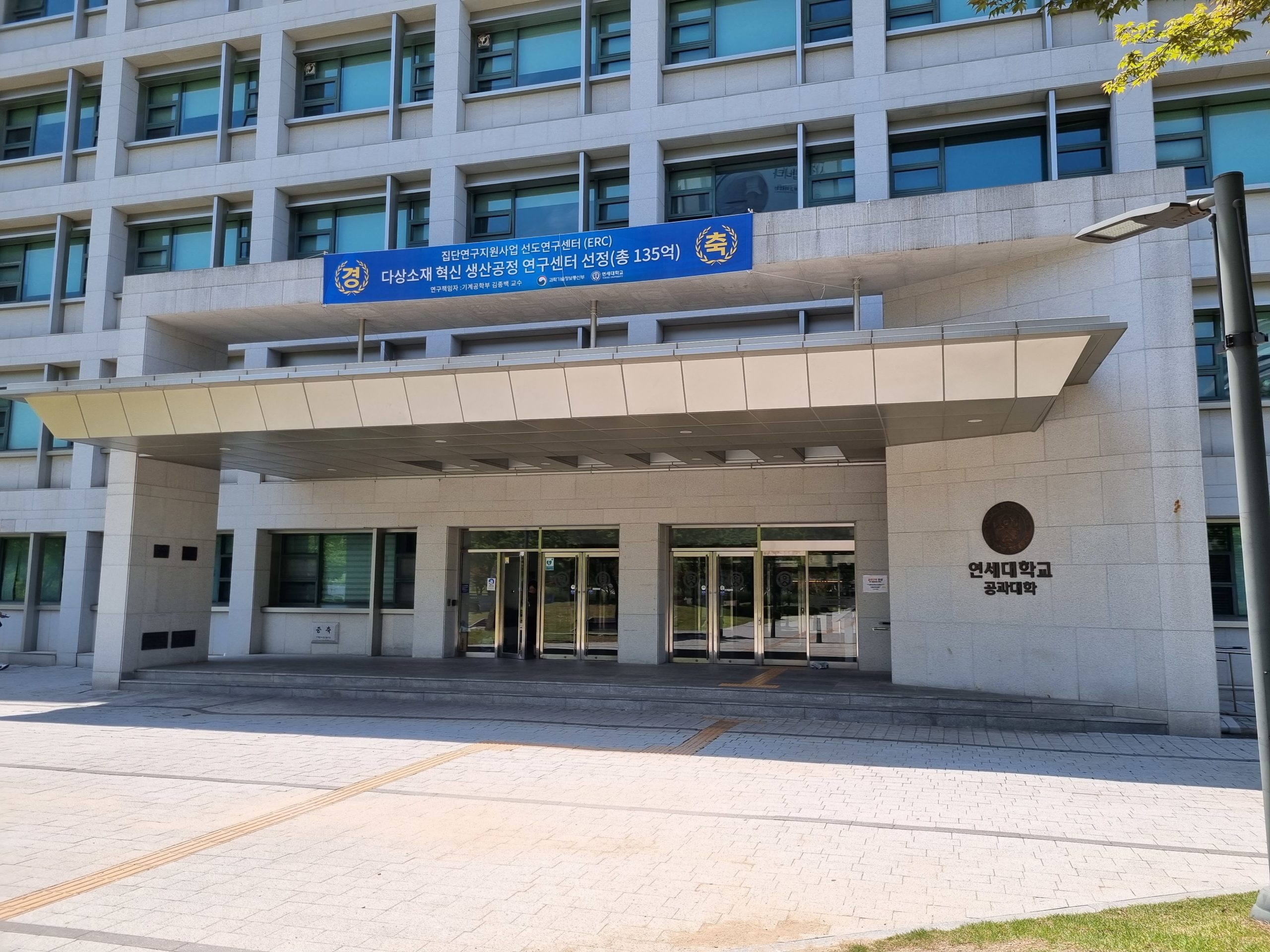
Pro Tip: if the module conducts a Marks Check for your midterms, I highly suggest going for it as they were usually manned by TAs, whom you could haggle check with for more marks if you were unfairly marked. I had managed to get an extra 11 points out of my Mid Terms by turning up for Computer Vision’s marks check, while some of my friends who didn’t got only low-single digit increases.
Also, the norm is that each module only has 3 hours of instruction time, and no close-interaction style tutorials either. Which also goes some way to explain how Yonsei students are usually expected to take 6 courses a semester, and how the library is perpetually filled with students. So expect to do alot of self-learning in your spare time.
There exists a language barrier most of the time. Professors are usually more comfortable with Korean, which explains the fact that there were only 2 CS courses that were taught in English during my Spring semester. As for students, most are also not too keen to use English either, for which I have explained further in this post. QnAs conducted online are often in Korean as well. As a result, I relied on mostly other exchange students to tide through some of the tougher parts of the modules together.
All in all, studying in Yonsei was less hectic than the project filled days of SUTD, but was no walk in the park either. Find fellow exchange friends and attend your classes — and you should generally have no problem passing your modules while traversing across Korea in your free time.
Statistical Machine Learning (STA3142)
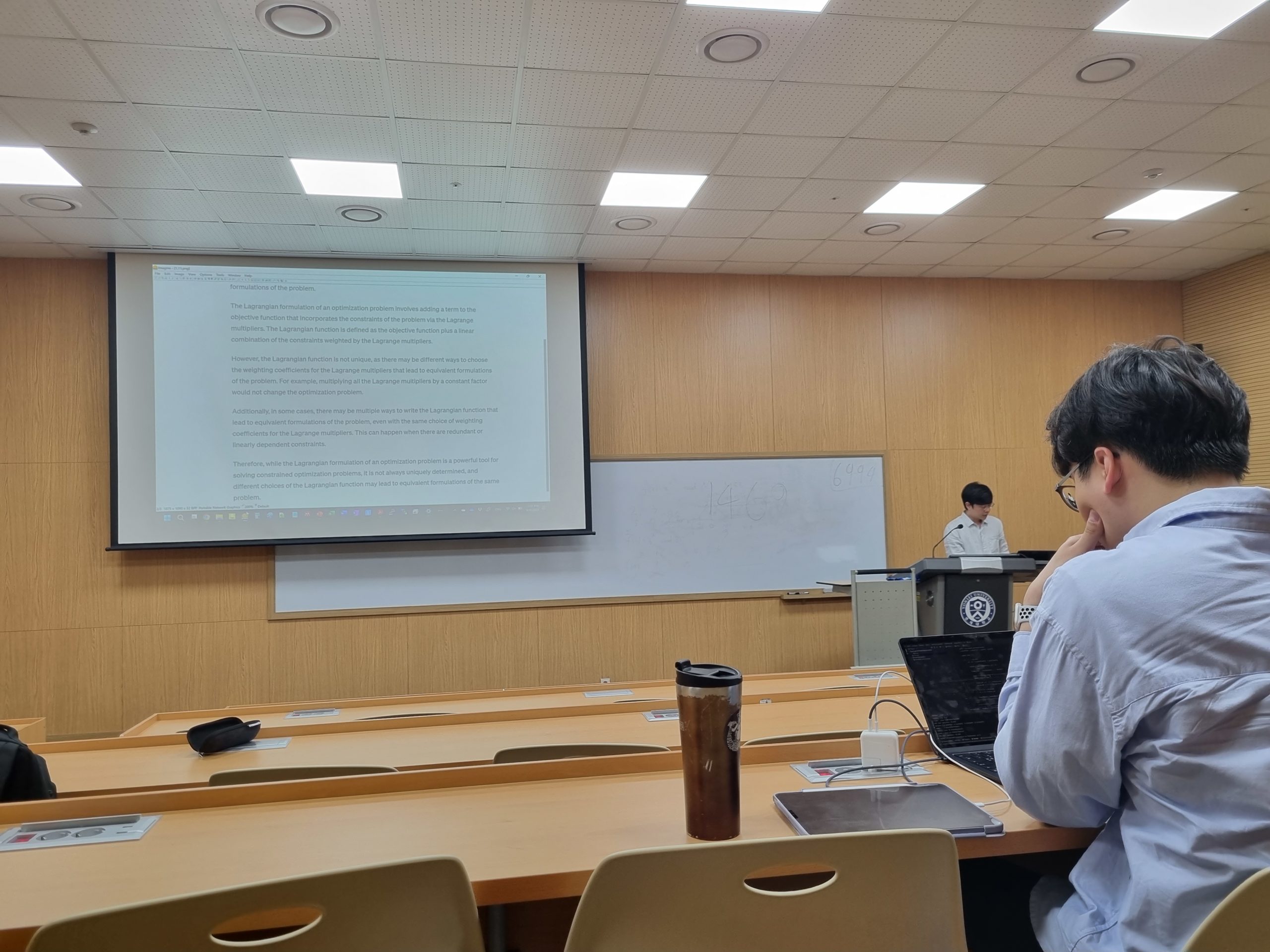
Professor: Lee Ki Bok
Probably the best module ever if you love no guidance from your instructor. Don’t take it, unless you are prepared to study on your own. The professor here only looks at the screen and at the board during lecture. He merely states, and does not explain any of the mathematical theories behind the class. You can expect difficult assignments that will put your Term 2 multi-variate calculus/linear algebra and Term 3 probability knowledge to the test. Proving vectorized math equations becomes an essential skill here.
However, the other ML course conducted by the CS department (this one is conducted by Stats Department) is notorious for not allowing exchange students students. There were some exchange students that I know that got into that course, but it was after some luck and emailing of the Professor. I would recommend that course, if you are lucky enough to get it.
If you must take this course, I recommend watching CS229 Andrew Ng’s lectures on Youtube as the main medium of instruction, as his content and structure of the curriculum largely follows the course.
Computer Vision (CS4116)
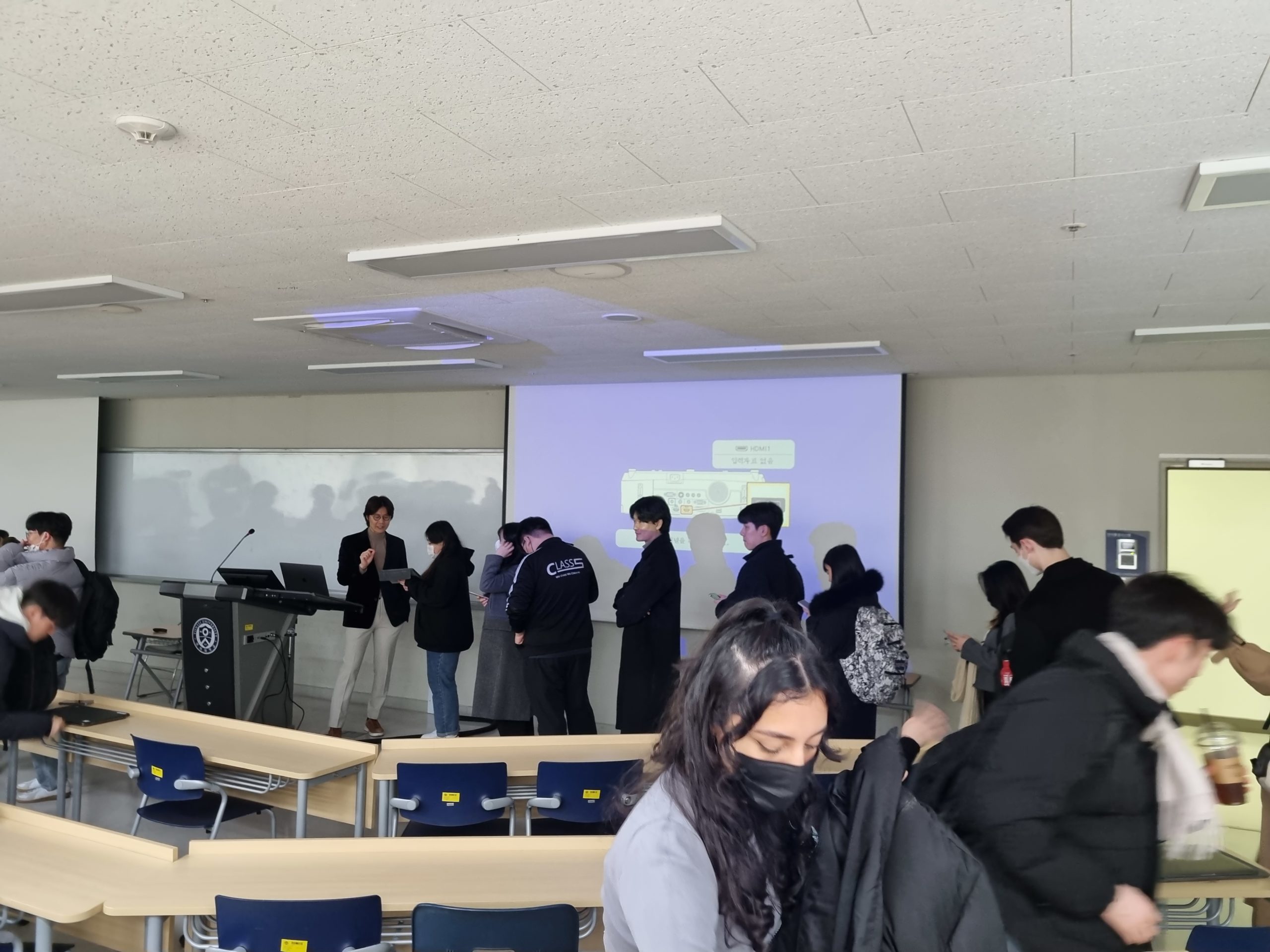
Professor: Kim Seon Joo
One of the best professors in Yonsei CS Department. He has a great command of the English language and teaches in a way that stimulates learning amongst students. He is also open to Q&A with the students after the class as well. Exams are often in a format where the TAs would pluck out a fact from the slides, and require you to repeat it in the exam. So it is important to mug the slides before your midterms and finals.
Content wise, the professor tends to focus alot more on the traditional Computer Vision methods (pre-neural network) and other solved Computer Vision tasks (e.g. Homography). So you will need to manage your expectation if you were hoping for alot of experience in working with neural networks. If you need extra material for help, Shree Nayar Shankar’s videos on Youtube was a godsend during revision periods.
Multicore and GPU Programming/MGP (CS4119)
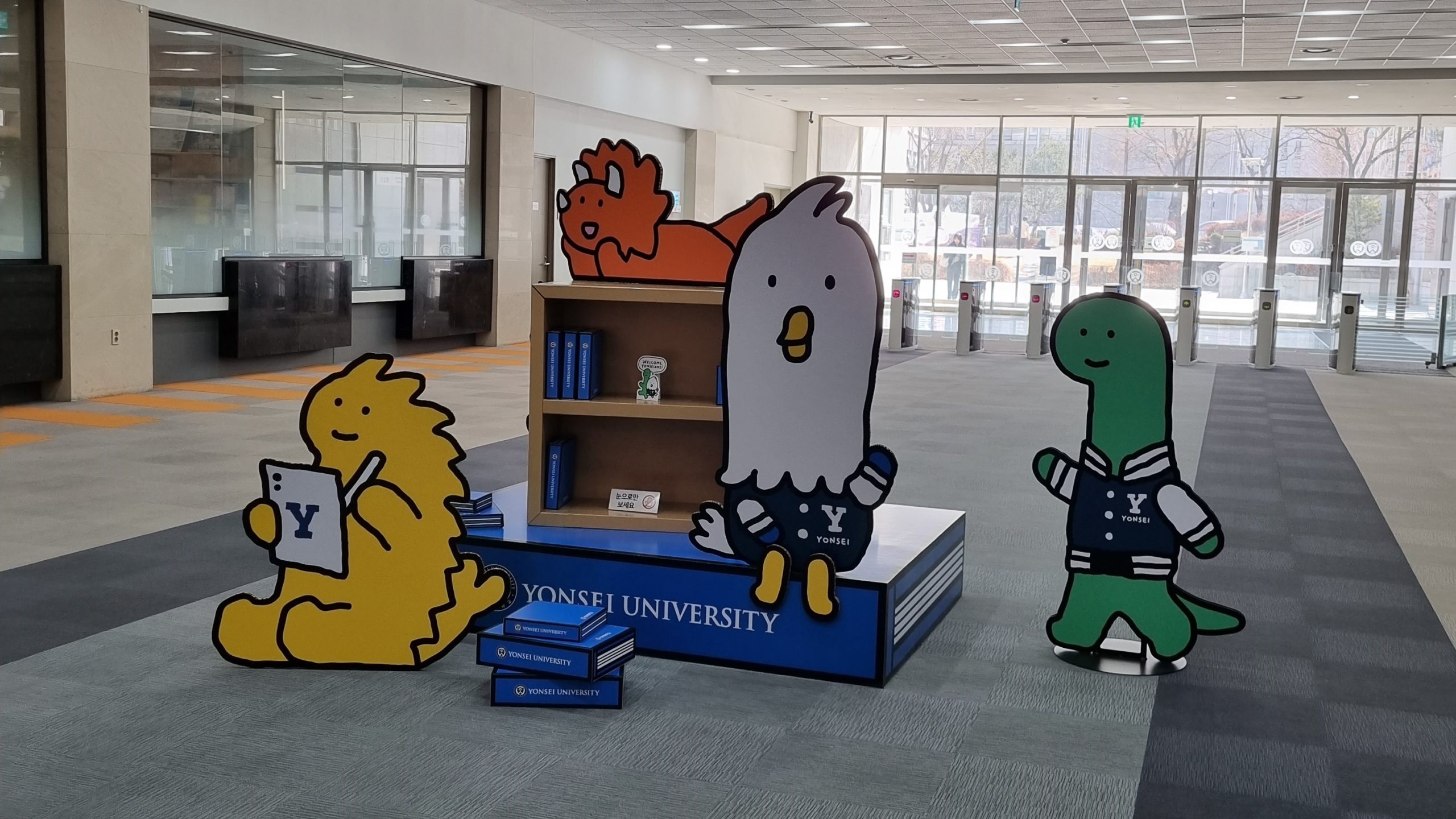
Professor: Park Yong Jun
Having only took this course because the other desired course (Databases, Prof Moon Sung Been) conducted in Korean, I had a sense of dread given my distaste for low level programming concepts and lack of C experience. Nevertheless, I still managed to enjoy this course alot as the Prof was the most approachable and caring towards students. Assignments were challenging but also stimulating enough to excite me. A basic memory of the first half of the 50.005 CSE course would be useful for this course. (i.e. concepts like cache, deadlocks, race-condition, processes should not sound foreign to you)

Pro tip #1: If you take this course and CV course together, you would have a gpu-ready cloud instance at your disposal should you need some of the GPU computing power for CV projects! For example, I was able to tap in to the 3090’s power for free to work on an Image Recognition Final Project in the CV course, while my coursemates had to contend with kaggle notebooks or paid and time-limited google colab instances.
Pro tip #2: The GPU textbook is available in Yonsei Library! Do make sure to borrow it two weeks before the final exam if possible, as each loan is valid for only 2 weeks. After which, you can renew but others can also choose to reserve during any point of your loan, which prevents you from renewing it. My final exam was open book and the GPU helped me immensely in the finals as it was well explained and came with numerous code examples.
Korean courses: Korean (1) (IEE3341)
Teacher: Kim Dong Suk
Yonsei offers three types of Korean courses: Korean Advanced, Korean Basic and Korean (1). Both Korean Advanced and Basic need an entry test to determine your placing, while Korean (1) has no such entry test. Korean (1) and Korean Basic both have 3 hours per week of curriculum time, while Advanced has a whopping 6 hours of curriculum time. So based on your needs, you can choose the type of Korean language course that you want. As I wanted more time to travel and Basic Korean clashed with my other chosen CS modules, I took Korean (1) as it had four different timeslots as compared to Basic Korean, which only had that one clashing timeslot.
Kim Seon-saengnim is an experienced and friendly teacher! This class focuses alot on the basics, so it is a great idea if you have not learned Korean before. Besides the alphabet, the class will also cover the basic conjugations (present, past tense) and other basic grammar points (and, to, from, too, but, etc) while introducing some basic vocabulary to get around. While the course provides a solid foundation, learners beware that language learning is a very involved process, and that 13 weeks of 3 hours alone is not enough to fluently hold a conversation in Korean.




















